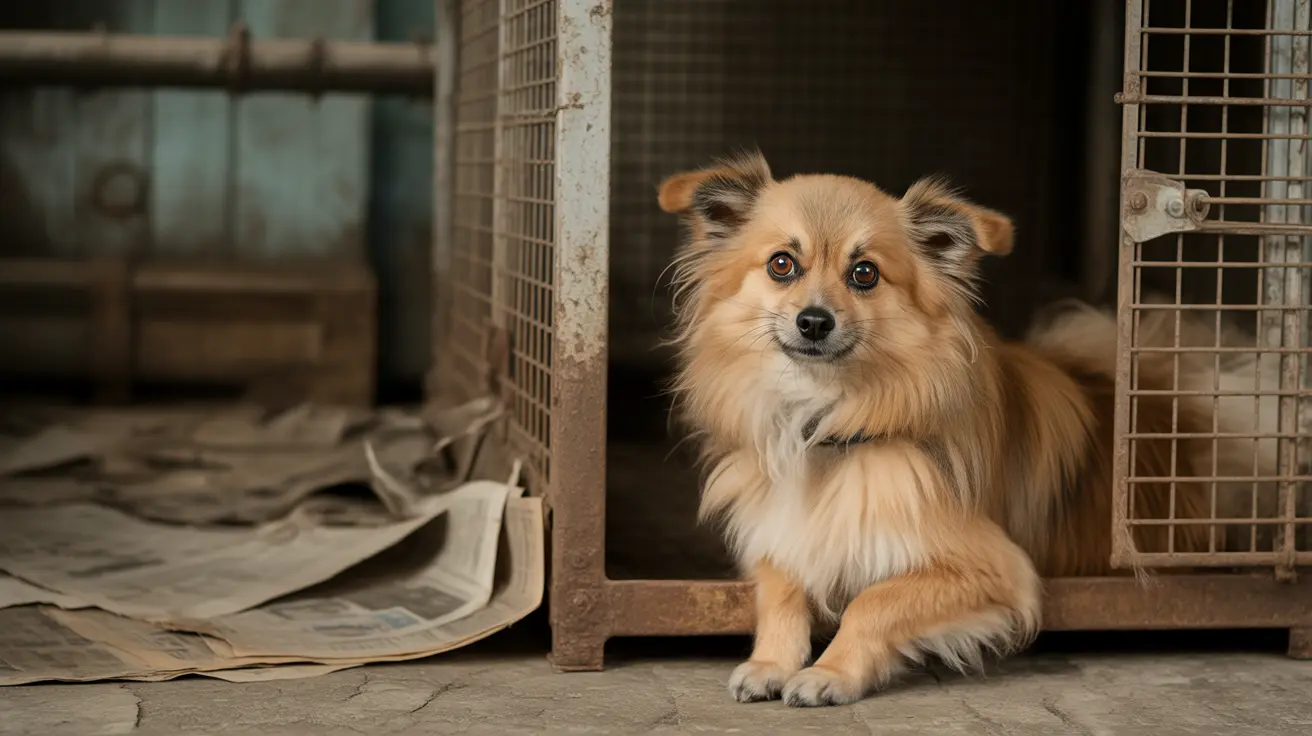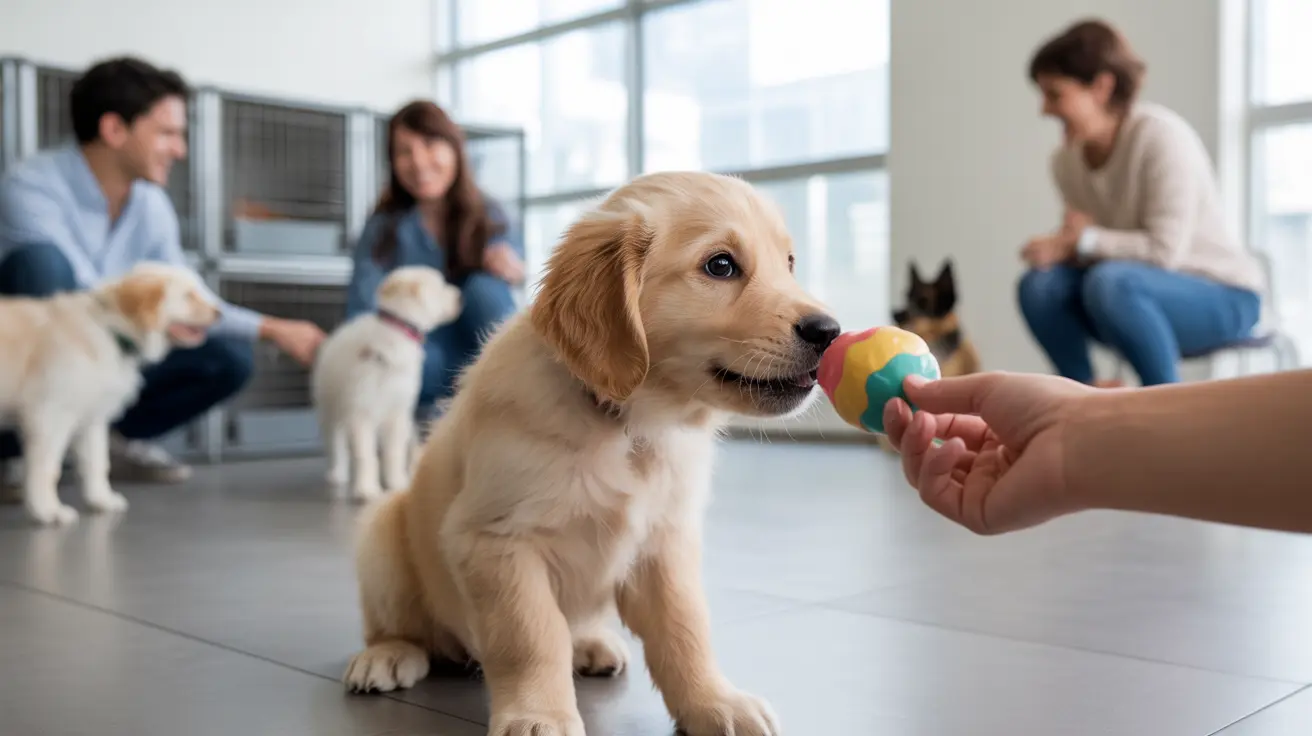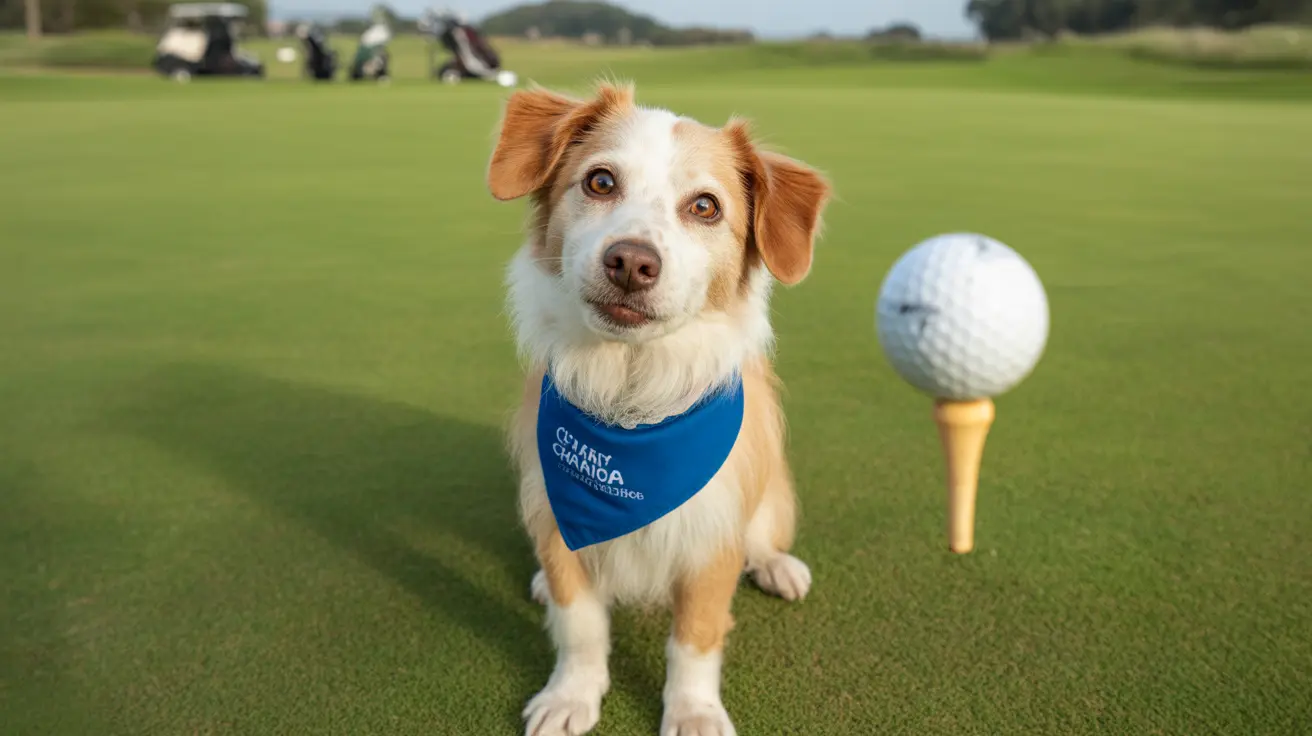The Best Dog Car Seat: Safety, Comfort, and Top Recommendations
Choosing the best dog car seat isn't just about comfort—it's about keeping your furry companion safe every time you hit the road. Unlike pet foods or medications, dog car seats aren't regulated by enforced safety standards. That means it's up to you to select equipment that's been independently tested and proven effective in real-world scenarios.
Why Restraint Matters
Just like people, dogs need to be properly restrained in vehicles to minimize injury risk during an accident or sudden stop. Unrestrained pets can become dangerous projectiles or suffer severe injuries. The right car seat or restraint system can make all the difference.
Main Types of Dog Car Seats and Restraints
- Crates: Hard-sided containers for large dogs, secured with tie-down straps in the cargo area. A snug fit is essential to limit internal movement during a crash.
- Carriers: Designed for small pets (generally under 18 pounds), these can be soft- or hard-sided and attach to seats with belts and headrest straps.
- Harnesses: These strap onto your dog's body and connect directly to the seatbelt system—never use extension tethers, as they may allow too much movement.
- Elevated Car Seats/Boosters: Perfect for small dogs who like a view, but only safe if they have robust attachment systems and crash-testing credentials.
What Makes a Dog Car Seat Safe?
The Center for Pet Safety (CPS) is a nonprofit group that independently tests pet travel products. Only products meeting their strict standards are truly crashworthy. Avoid basic boosters that simply elevate your pet without securing them—they don't offer real protection.
- Attachment System: Look for multiple anchor points (ISOFIX/LATCH anchors, seatbelt routing) and sturdy construction.
- Sizing: Match internal dimensions to your dog's size while seated or lying down; too much space allows excessive movement.
- Materials & Cleaning: Machine-washable liners, durable fabrics, waterproofing, and removable cushions make life easier for you both.
- Multi-Purpose Design: Some models double as beds at your destination—great if you travel often with your pup.
The Best Dog Car Seats: Top Picks from Crash Tests & Reviews
- Gunner G1 Kennel: This rotomolded crate is built tough for large dogs. Its double-wall construction and multiple sizes make it versatile; it's been third-party crash-tested but requires proper tie-downs in your vehicle.
- Sleepypod Clickit Sport Harness: A harness-style restraint with strict fit standards—no extension tethers here. It integrates directly with your seatbelt system and is CPS-certified for crash safety.
- Diggs Travel Pet Carrier: A soft-sided carrier that's airline-compatible and designed for both cars and planes. Anchoring points and adjustable belts keep small pets secure; it's also easy to clean and crash-tested for safety.
- Sleepypod Mobile Pet Bed: This clever design doubles as a plush bed and a carrier. It features a zippered dome top, machine washable lining, and integrates seamlessly with vehicle seatbelts—ideal for cats or small dogs who crave comfort on the go.
- K&H Pet Products Bucket Booster: Rigid foam construction with high walls offers extra protection. Adjustable security tethers keep pets in place while contoured edges ensure a snug fit on most vehicle seats.
- BurgeonNest Dog Car Seat: Well-padded with dual-sided options (for warm or cool weather), this model includes anti-slip bases, built-in tethers, easy-clean zippers, and comes highly rated by users seeking comfort plus safety features.
User Insights: What Owners Love (and Don't)
The most popular seats combine soft padding, easy installation, secure anchoring systems, good pet visibility—and noticeably reduce anxiety or carsickness in many dogs. Owners appreciate roomy designs but warn that too much space can compromise containment during sharp stops or accidents. Durability and ease of cleaning are also key factors driving long-term satisfaction. On the flip side, negative reviews often mention weak tethers or sizing issues (especially when pets stretch out).
Tips for Installation & Everyday Use
- Nylon harnesses only—never attach tethers to collars alone!
- Fit matters: Double-check measurements against your vehicle's seats before buying any restraint system.
- Tighten all straps per manufacturer instructions; don't improvise attachments as this can render even the best product ineffective in a crash.
- The safest spot? The rear seat—front airbags can injure pets during deployment.
A Few Final Safety Notes
No product guarantees zero injury in severe crashes—but certified equipment dramatically reduces risks compared to letting your dog roam free in the car. Always check tether points before each trip and clean regularly so everything stays fresh (and inviting) for your co-pilot!





